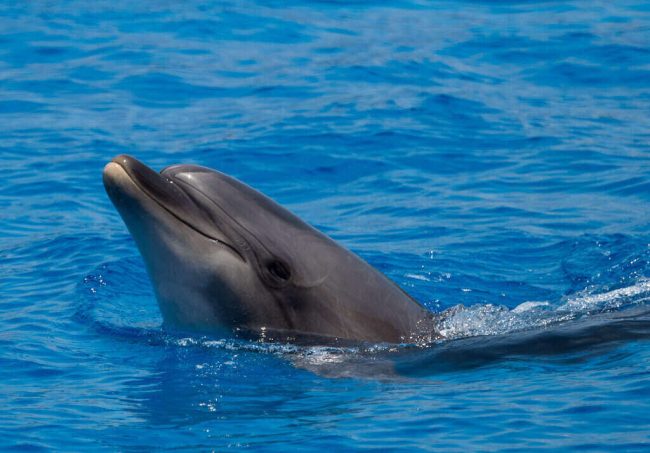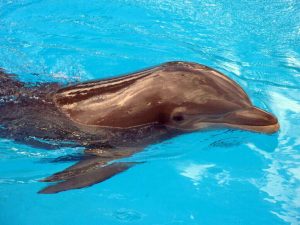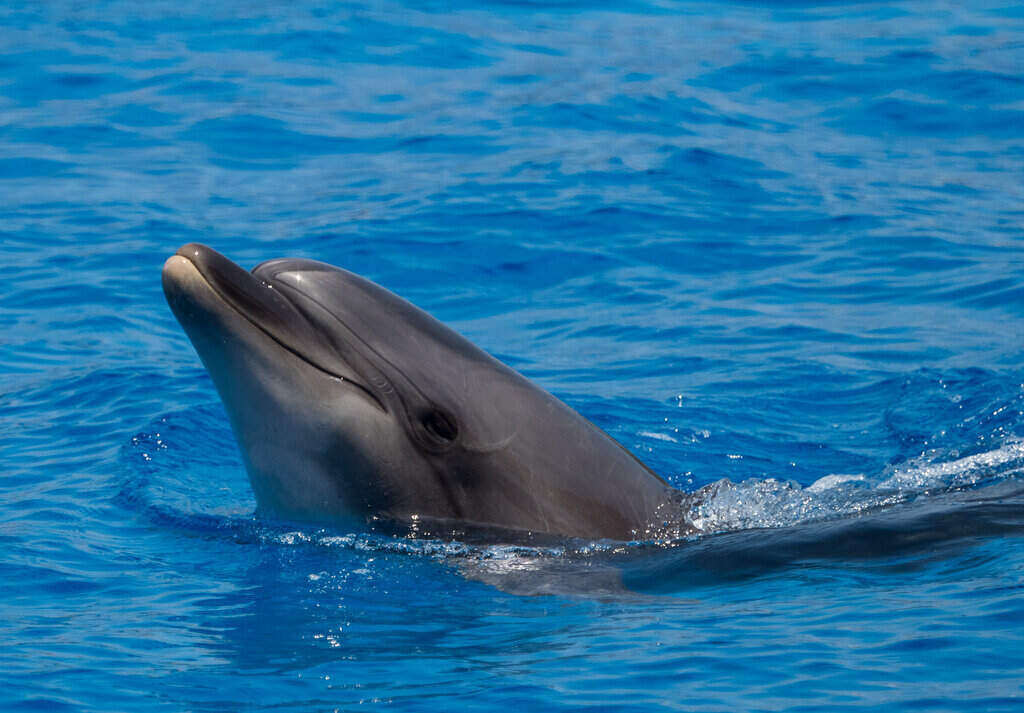|
Getting your Trinity Audio player ready...
|

Male dolphins create longtime bonds, over decades. They work together in groups so that they can help each other find mates and defend themselves from competitors, researchers have found in recent studies. Behaviors like this have not ever been confirmed within animals.
Researchers from the University of Bristol, the University of Massachusetts, and the University of Zurich surveyed 121 adult male dolphins in West Australia Shark Bay. The researchers out found that the male bottlenose form three-tier hierarchical alliances to form short-term mating relationships with female dolphins.
“Dolphins have long-term stable alliances, and they have intergroup alliances. Alliances of alliances of alliances, really,” said Dr. Richard Connor, a behavioral ecologist at the University of Massachusetts
The findings were published on Monday in the journal Proceedings of the National Academy of Sciences, and it seems like it supports the “social brain” hypothesis, that being, mammals’ brain evolved to be much larger in size for animals that keep track of their social interactions and their networks. “It is not a coincidence,” Connor says.
Conner’s group of researchers of collected data from 2001 to 2006 by doing in-depth boat-based surveys in Shark Bay, a bay located in Western Australia. The researchers tracked the dolphins by listening and watching them and they used their unique identifying whistles to tell them apart.
The group observed 202 Indo-Pacific bottlenose dolphins, including during the peak mating season which is through September and November.

The first tier consists of a group of two to three male dolphins that go after individual female dolphins. The second tier consists of a group of four to 14 male dolphins that are unrelated. They would work together against other male second-tier alliances to get access to females. The third tier consists of multiple alliances that work together against other alliances.
These groups can last for decades, and they are formed when the dolphins are still in their youth, with that being said they cannot bring in the rewards that come with this up until they are in their mid-teens.
The study also eliminated a long believed belief about “intergroup cooperation” in humans, that it resulted from the emergence of male paternal care and pair-bonding in humans, which humans do but our closest relative, chimpanzees do not.
Occasionally, when dolphin groups feel that there is a risk to themselves, two of the second-order alliances will come together to form a bigger team. That being said, apart from the dolphins observed by the scientists, every one of the male dolphins was connected to each other between 22 and 50 other dolphins.
The observations made by the researchers showed that in the groups, the tighter the group and the stronger the bonds between the male dolphins, the more likely that they have succeeded in attracting the females
“One would not rule out the possibility that other cetaceans could create similar alliances,” said Venn-Watson. “These complex behaviors will likely be limited to large-brained mammals.”
This is the sole example of these kinds of strategic multilevel alliances that have been seen in a non-human species, claim the paper’s authors. The findings, however, also emphasize the cognitive challenges these creatures must overcome, indicating that dolphins’ huge brains aid in their ability to keep track of the various interactions, according to Connor.
Written By Lance Santoyo
Edited by Sheena Robertson
Sources:
The Hill: Equilibrium/Sustainability — Mating dolphins form large ‘social alliances’
New York Post: Male dolphins need cliques to attract mates just like men, study shows
The Guardian: Male dolphins form lifelong bonds that help them find mates, research finds
Featured Image Courtesy of William Warby’s Flickr Page – Creative Commons License
Inset Image Courtesy of Sean MacEntee’s Flickr Page – Creative Commons License



